Automotive Polymers
Proven solutions. Trusted experts. Global support.

Proven solutions. Trusted experts. Global support.
We have a dedicated team of specialists in place to address the automotive industry’s toughest challenges. Our global team is a forward-thinking and thoughtful leader in developing the solutions our customers need to innovate and meet their ever-evolving requirements. With one of the industry’s broadest portfolios of thermoplastic materials for automotive applications, and expert engineering design and technical support, we work collaboratively across the value chain to deliver the best possible solutions.
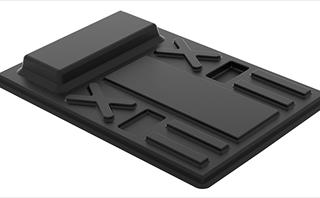
SABIC has introduced new extruded grades of flame-retardant polymer solutions that can offer a potentially favorable alternative to traditional sheet metal for EV battery components.
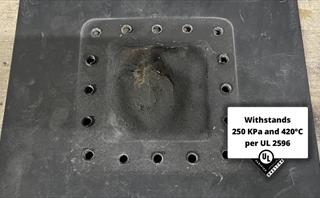
SABIC was recently granted a UL Verification for its STAMAX™ 30YH570 resin, a high flow, halogen free flame-retardant copolymer with 30% long glass fiber, developed for lithium-ion battery and automotive injection molded applications.
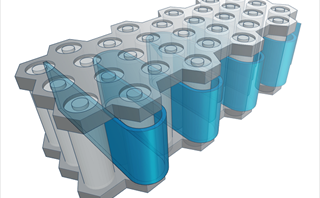
Can the industry resolve issues that come with EV battery pack design with cuboidal cells inserted into a plastic-intensive structural backbone?
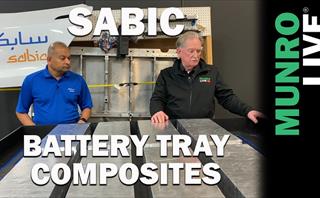
One of our global team leaders speaks with Sandy Munro on Munro Live on the future of plastics and plastic composites in the automotive industry.
|
SABIC’s materials and design expertise can help you optimize the energy absorption efficiency of vehicle crash management systems while conserving valuable space and lowering weight. |
|
|
SABIC materials for low- and high-voltage EV applications (e.g., connectors and busbars) deliver excellent electrical and mechanical performance, flame retardance and ease of manufacturing. |
|
|
SABIC materials, and design and technical expertise help you increase EV battery safety through enhanced flame retardance and crash protection, while reducing weight, increasing efficiency and extending lifespan. |
|
|
SABIC’s portfolio and design innovation help differentiate and optimize exterior components through part consolidation, weight/cost reduction and sustainability, such as replacing paint with molded-in color. |
|
|
SABIC solutions address the escalating demands for infotainment, comfort, aesthetics and sustainability that are placed on automotive interiors by enabling weight-out, functional integrations, soft-touch haptics, differentiated appearance and noise control. |
|
|
SABIC materials and creative expertise help automakers capitalize on the proliferation of LEDs by enabling complex lighting designs, functional integrations and improved optics, while streamlining manufacturing. |
|
|
Designers of front and rear smart panels can achieve excellent aesthetics, lighting/sensing transparency and impact resistance with SABIC’s materials and creative expertise. |
|
|
SABIC’s thermoplastics and design expertise can enable weight and cost reduction, part integration, optimized properties and ease of manufacturing for integrated hang-on modular structures and BIW reinforcements. |
|
|
SABIC’s materials and creative concepts help OEMs differentiate vehicles with radical glazing designs and part/function integrations not feasible with glass, while reducing weight for lower emissions. |
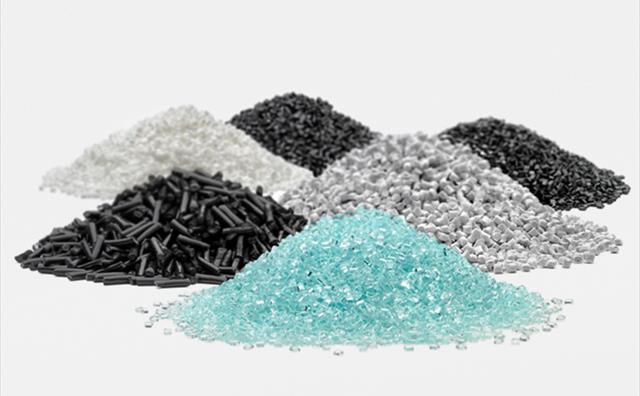
We draw upon a broad set of proven thermoplastic materials to help our automotive customers overcome obstacles and make advancements possible.
|
Tough and dimensionally stable, these materials feature excellent chrome plating, painting and color capabilities, and adhesion to leather and fabric. |
||
|
These materials excel in exterior and interior applications requiring heat resistance, impact performance and toughness, and enable high-quality painting and plating. |
||
|
Automakers can avoid the costs and emissions of secondary painting by taking advantage of molded-in color capability, high- or low-gloss finish, and durable, weatherable surface provided by these resins. |
||
|
These polypropylene materials provide a desirable tactile feel to interior parts while helping avoid the costs, emissions and odor associated with applying soft-touch paint or fabric. |
||
|
Tough, brilliantly clear and virtually unbreakable, LEXAN™ resins lend themselves to demanding automotive applications such as lighting, smart panels and covers for advanced driver assistance system (ADAS) sensors. |
||
|
These cost-effective reinforced polypropylene compounds offer high stiffness, chemical resistance, low density and good processability for use in EV battery systems, structural applications and trim components. |
||
|
These polypropylene materials for interior and exterior components provide an ideal balance of mechanical properties, scratch resistance, appearance, processability and cost |
||
|
These long glass fiber-reinforced PP materials feature an exceptional balance of physical properties for structural and crash management applications and metal replacement in EV battery packs. |
||
|
Blending polyester and polycarbonate, XENOY™ alloys deliver high strength, toughness and impact properties for energy absorbing applications such as bumper beams, crash cans and EV battery reinforcement. |
||
|
These resins combine high strength, stiffness and dimensional stability with excellent electrical properties and resistance to heat, moisture and chemicals for demanding applications in EVs, PHEVs and conventional vehicles. |
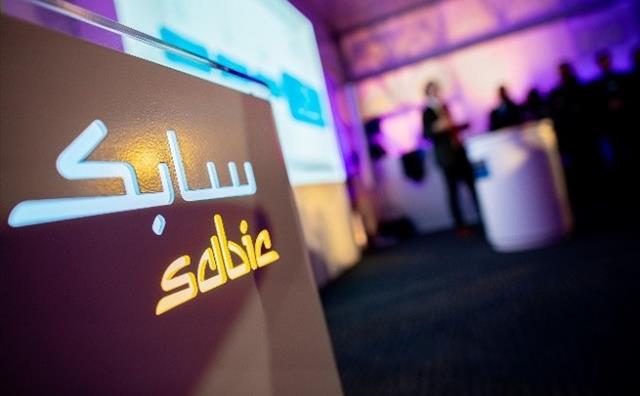
We offer extensive capabilities and one of the best global support teams in the industry – trusted experts steeped in experience and technical knowledge to collaborate meaningfully across the value chain.
Compare up to 4 grades
You already have 4 products for comparison